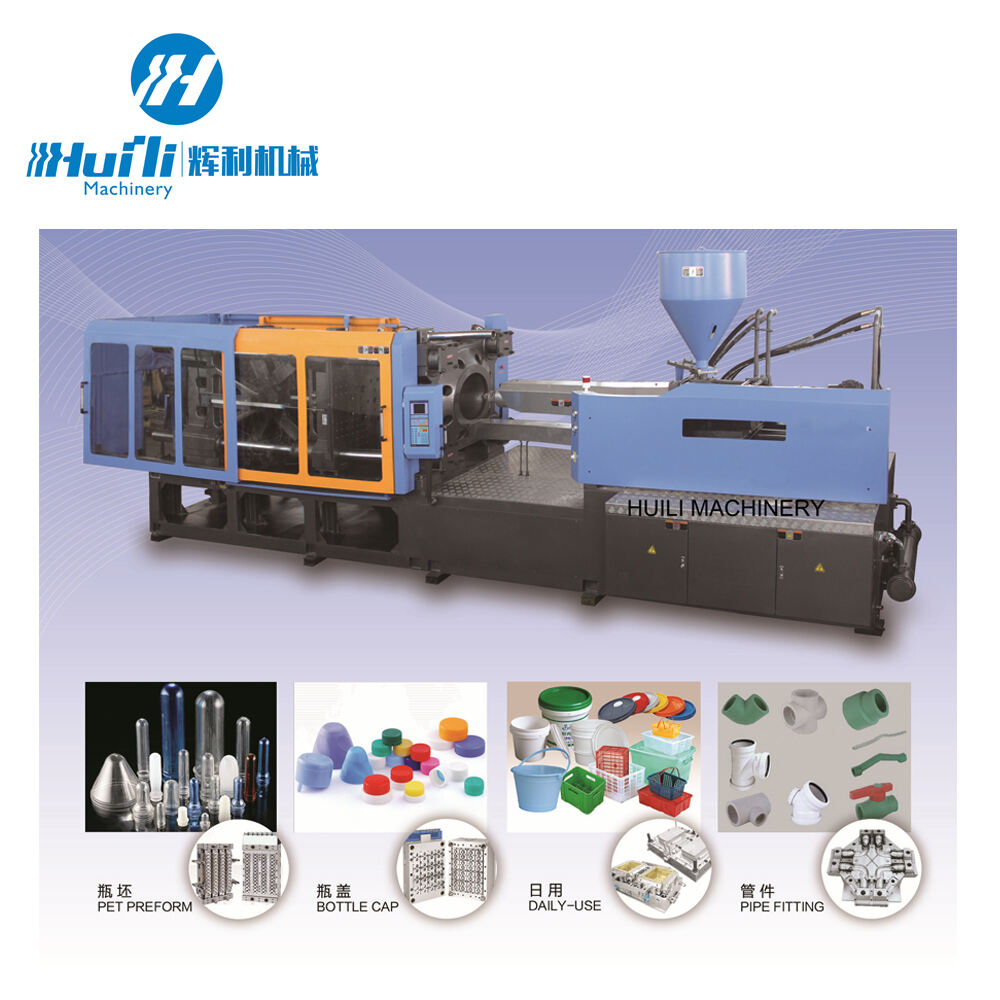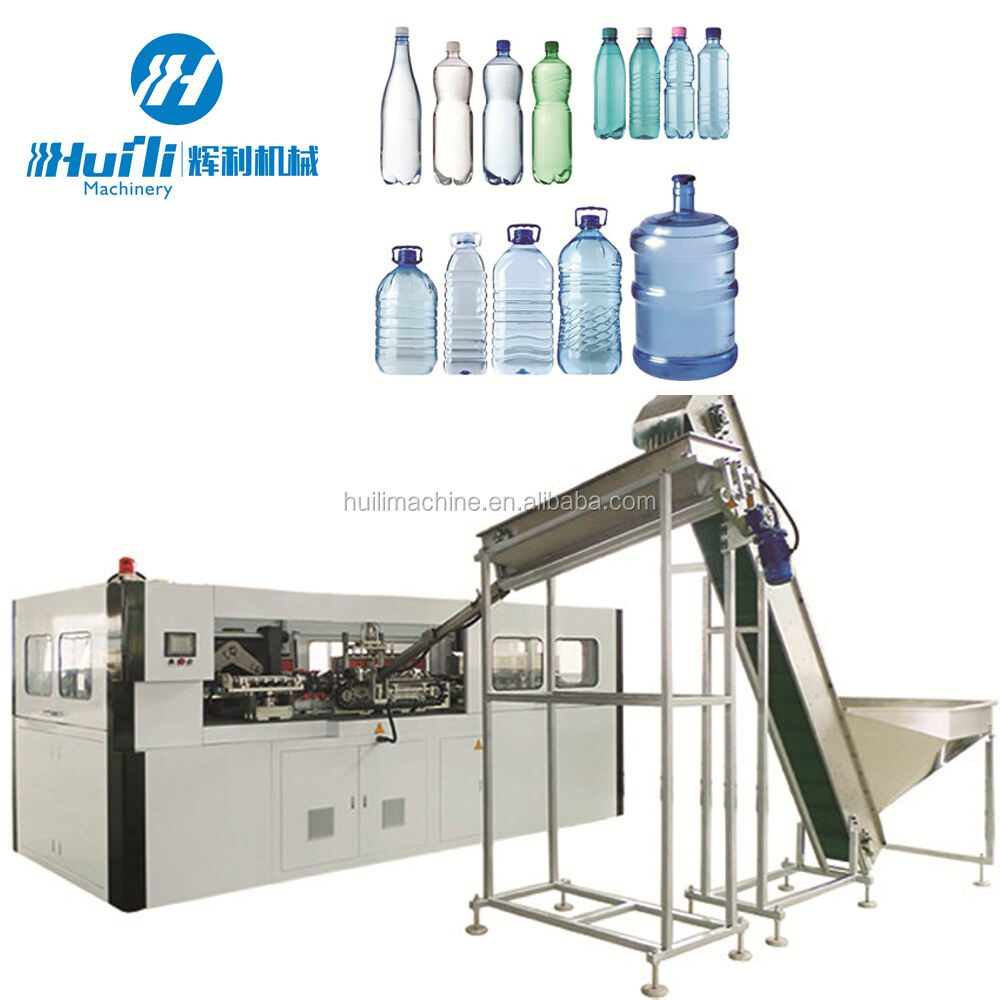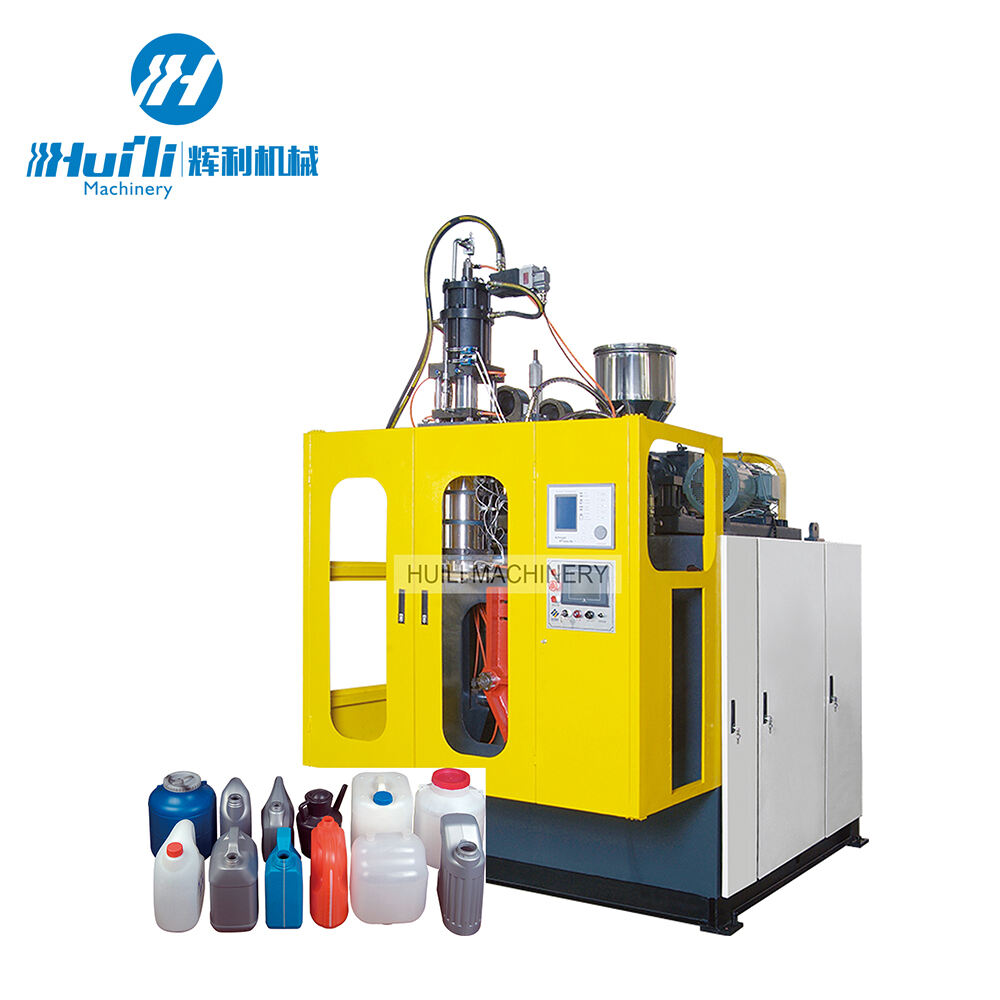Innovations in Bottle Making Machines: Meeting Diverse Industry Needs
The Evolution of Bottle Making Machines
The history of bottle making has witnessed a remarkable evolution from hand-crafted methods to industrialized production. This transformation began in the mid-19th century, marking a pivotal shift in the industry. Initially, bottles were laboriously shaped by glassblowers, a process that was not only time-consuming but also inconsistent in quality. The advent of industrialization allowed for more uniformity and efficiency as machines started replacing humans in the production line.
The introduction of glass and plastic materials revolutionized bottle production, significantly enhancing both affordability and efficiency. Glass bottles, once a luxury, became widely accessible, while the development of plastic bottles around the 20th century further democratized access due to their lower production costs. Plastic injection molding machines played a pivotal role in this phase, as they allowed for mass production of plastic bottles, making them a staple in many industries.
Innovations such as automated assembly lines dramatically transformed manufacturing speeds and consistency. The application of automation not only reduced manual labor but also minimized human error, thereby improving the overall quality of products. Key milestones like the invention of the PET plastic bottle and its subsequent worldwide adoption have underscored the continuous innovation within the industry. These technological advancements have been essential in meeting the growing demands for efficient, lightweight, and sustainable packaging solutions.
Innovations in Bottle Making Machines
Automation and Precision Engineering
Automation and precision engineering have significantly revolutionized bottle production processes. By incorporating automation, manufacturing facilities can achieve faster output rates and minimize labor costs. Automated systems streamline bottle production by reducing human error, increasing production speed, and delivering consistent results. Precision engineering plays a crucial role by ensuring that the shapes and sizes of bottles are accurate, reducing waste of materials. For instance, advanced robotics and CNC technology are commonly used in modern bottle-making machines, providing high-quality and uniform products. This amalgamation of automation and precision engineering has been pivotal in refining production efficiency.
Sustainability in Bottle Manufacturing
The bottle manufacturing industry is increasingly prioritizing sustainability by adopting more eco-friendly practices. Manufacturers are now using recycled materials and implementing more sustainable production processes to address environmental concerns. These efforts are in response to global environmental challenges and legislation aimed at reducing plastic waste. According to the World Economic Forum, sustainable practices have already shown significant positive impacts in the plastics industry, contributing to a decrease in carbon footprint and promoting a circular economy. By integrating these sustainable practices, the bottle manufacturing industry aligns itself with environmental conscientiousness, responding proactively to the urgent calls for environmental preservation.
Overview of the Major Injection Molding Machine
The Major Injection Molding Machine represents a cornerstone in bottle making, crucial for its efficiency and precision in producing consistent high-quality products. These machines operate through a systematic process where plastic materials are heated and injected into molds, forming various intricate shapes that meet diverse market demands. Injection molding machines have revolutionized manufacturing by allowing for mass production of detailed designs, significantly cutting down costs while enhancing product consistency. Industry leaders in injection molding technology have made substantial contributions to machine durability and efficiency, continuously innovating to push boundaries in plastic injection molding processes.
Key Features and Specifications
The core features of major injection molding machines include impressive clamping force, high injection speed, and outstanding energy efficiency. These attributes ensure that the machines cater to diverse production requirements, allowing manufacturers to create a wide variety of bottle designs. Specifications like customizable settings accommodate different production scales and bottle specifications, reflecting the versatility needed in dynamic market environments. Recent industry reports highlight trends indicating increased demands for machines with superior energy efficiency and modular design capabilities. These advancements underscore the machines' adaptability in meeting contemporary manufacturing challenges while optimizing operational efficiency.
PET Bottle Blow Machine
Introduction to PET Bottle Blow Machines
PET bottle blow machines play a crucial role in manufacturing polyethylene terephthalate (PET) bottles, renowned for their lightweight and robust characteristics. These machines leverage the blow molding process, a technique where air pressure is applied to pre-formed containers, shaping them into specific bottle designs. The blow molding process is integral because it allows the efficient production of bottles with high consistency and precision. PET bottles are immensely popular in the beverage industry due to their recyclability and safety features, contributing to a reduced environmental impact while ensuring consumer safety.
Applications and Benefits
PET bottles find applications beyond the beverage sector, extending to personal care products and household chemicals, thanks to their versatility in packaging. The benefits of using PET in packaging are manifold, including its durability, lightweight nature, and transparency, which enhances branding visibility. According to industry analysts, the market for PET bottles is experiencing significant growth, driven by these advantageous properties. As indicated by recent reports, the demand for PET containers continues to rise as industries recognize their efficacy in maintaining product safety while supporting sustainable practices.
In conclusion, PET bottle blow machines are indispensable in modern bottle manufacturing, offering a balance between technical efficiency and sustainable packaging solutions. Their expanding applications and inherent benefits make PET a preferred material choice across various industries.
Extrusion Blow Machine
Understanding Extrusion Blow Machines
Extrusion blow molding is a specialized process used to produce hollow plastic containers, such as bottles and jars. It involves melting plastic and extruding it into a hollow tube, known as a parison, which is subsequently inflated within a mold using air pressure to form the final shape. This technology excels in creating uniform thickness and intricate designs that traditional blow molding might struggle with. The advance of these machines allows seamless integration with high-volume production lines, optimizing both speed and product consistency.
This molding technology distinguishes itself from traditional methods by feeding material continuously, making it well-suited for rapid and high-output production cycles. As a result, extrusion blow machines are ideal for environments where speed and efficiency are paramount.
Advantages in Diverse Industries
Extrusion blow machines are extensively used across various industries, such as food packaging, pharmaceuticals, and automotive, due to their ability to produce complex geometries at a low cost. These machines offer unique advantages, including the manufacturability of intricately shaped containers that cater to different industrial needs. For instance, in food packaging, the precise design allows for airtight seals crucial for preserving perishable goods.
Moreover, the economic benefits are substantial, with significant cost savings achieved through reduced material waste and high production throughput. Many companies have demonstrated the successful deployment of these machines; case studies show reductions in production costs and increases in output efficiency in numerous sectors. By achieving precise meets for each industry's demands, extrusion blow machines have proven to be as versatile as they are efficient.
Exploring PP PE Blow Moulding Machines
PP PE Blow Moulding Machines are pivotal in producing robust and versatile plastic bottles. These machines are designed to efficiently mold a diverse range of plastic bottles through the combination of Polypropylene (PP) and Polyethylene (PE) materials. This blend ensures that the bottles are not only strong but also flexible, offering advantages in durability and design adaptability. Furthermore, PP PE blow moulding machines stand out for their energy efficiency. They employ cutting-edge technology that reduces energy consumption, making them a more sustainable choice compared to traditional molding methods.
Versatility and Industry Applications
The versatility of PP PE Blow Moulding Machines is evident in their ability to create different bottle shapes tailored for multiple industries, from cosmetics to food packaging. These machines cater to the specific needs of each sector by meeting stringent regulatory standards, especially concerning safety and environmental compliance. For instance, in the food industry, bottles produced using PP and PE ensure safety and quality. Notable companies in sectors like personal care and beverages leverage these machines to create innovative packaging solutions, showcasing their ability to produce extensive designs with consistent quality and efficiency. This adaptability makes PP PE blow moulding a preferred choice for industries aiming for both compliance and creativity in their packaging.
Future Trends in Bottle Making Machines
Emerging Technologies
Emerging technologies such as 3D printing are reshaping the bottle manufacturing landscape. 3D printing allows for rapid prototyping and complex designs, leading to more customizable and innovative bottle shapes. Additionally, advanced materials science is driving the creation of lighter and stronger plastic bottles, leveraging research that focuses on molecularly engineered plastics. These developments are pioneering in tech hubs that specialize in manufacturing technologies, showcasing innovations that not only enhance performance but also contribute to sustainability. As these technologies evolve, the future of bottle making may pivot towards more efficient and environmentally conscious production methods.
The Role of AI and IoT in Bottle Manufacturing
Artificial intelligence (AI) and the Internet of Things (IoT) are increasingly being integrated into bottle manufacturing processes. These technologies enable predictive maintenance and quality control, thereby minimizing downtime and increasing efficiency. Through real-time data analytics, manufacturers can optimize production lines, reducing resource wastage significantly. Companies that have successfully implemented AI and IoT, such as those utilizing IoT-enabled blow molding machines, highlight the capability of these tools to streamline operations and enhance manufacturing output. By leveraging these technologies, the industry can achieve higher productivity while maintaining stringent quality standards.









